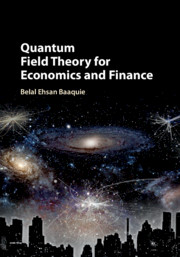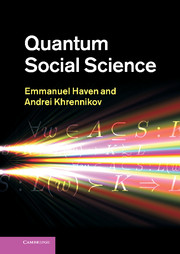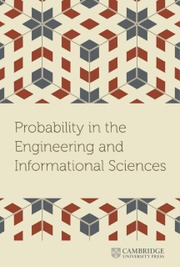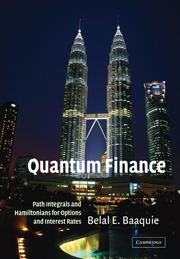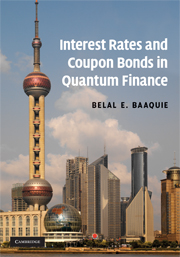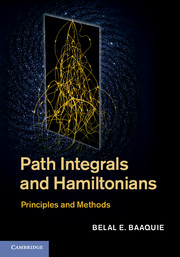Quantum Field Theory for Economics and Finance
An introduction to how the mathematical tools from quantum field theory can be applied to economics and finance, providing a wide range of quantum mathematical techniques for designing financial instruments. The ideas of Lagrangians, Hamiltonians, state spaces, operators and Feynman path integrals are demonstrated to be the mathematical underpinning of quantum field theory, and which are employed to formulate a comprehensive mathematical theory of asset pricing as well as of interest rates, which are validated by empirical evidence. Numerical algorithms and simulations are applied to the study of asset pricing models as well as of nonlinear interest rates. A range of economic and financial topics are shown to have quantum mechanical formulations, including options, coupon bonds, nonlinear interest rates, risky bonds and the microeconomic action functional. This is an invaluable resource for experts in quantitative finance and in mathematics who have no specialist knowledge of quantum field theory.
- Quantum field theory is treated as a mathematical discipline, making it easy to see its applications to economics and finance
- Models of economics and finance illustrate the applications to quantum mechanics so readers can see direct connections
- Most models are adapted to the market and can be calibrated and tested empirically, confirming their accuracy
Reviews & endorsements
'This book could be just the volume for someone wanting to make the transition from calculating matrix elements to designing financial instruments, from spinors to swaps or from operators to options … The book’s structure interleaves traditional lessons in quantum field theory with topics in econophysics, producing a rather novel result.' Stephen J. Blundell, Contemporary Physics
Product details
August 2018Adobe eBook Reader
9781108503747
0 pages
183 b/w illus. 21 tables
This ISBN is for an eBook version which is distributed on our behalf by a third party.
Table of Contents
- Foreword
- Preface
- Acknowledgements
- 1. Synopsis
- Part I. Introduction:
- 2. Quantum mechanics
- 3. Classical field theory
- 4. Acceleration action
- 5. Option theory
- 6. Path integral of asset prices
- Part II. Linear Quantum Fields:
- 7. Scalar quantum field
- 8. Dirac spinor field
- 9. Photon gauge field
- 10. Forward interest rates' quantum field
- 11. Risky interest rates' quantum fields
- 12. Bonds: index-linked stochastic coupons
- Part III. Nonlinear Quantum Fields:
- 13. Operator expectation and S matrix
- 14. Nonlinear scalar field: Feynman diagrams
- 15. Renormalization
- 16. β-function
- fixed points
- 17. Renormalization group and phase transitions
- 18. Effective action
- 19. Nonlinear interest rates' quantum field
- 20. Simulation of nonlinear interest rates
- 21. Interest rates range accrual swap
- Part IV. 2D Quantum Fields:
- 22. Two dimensional quantum electrodynamics
- 23. Bosonic string theory
- 24. Futures asset prices
- 25. Epilogue
- References
- Index.

